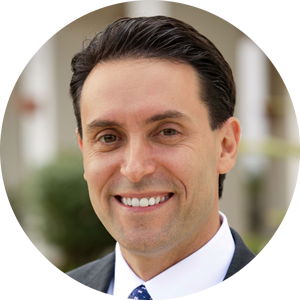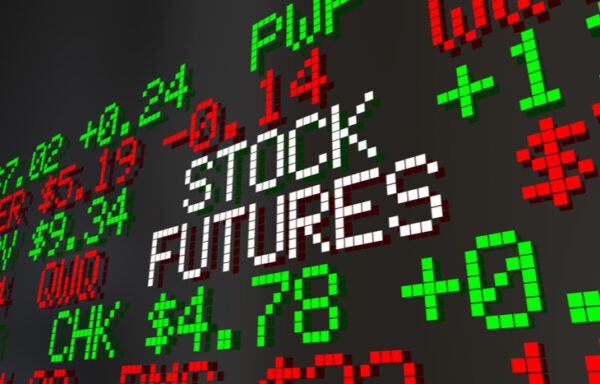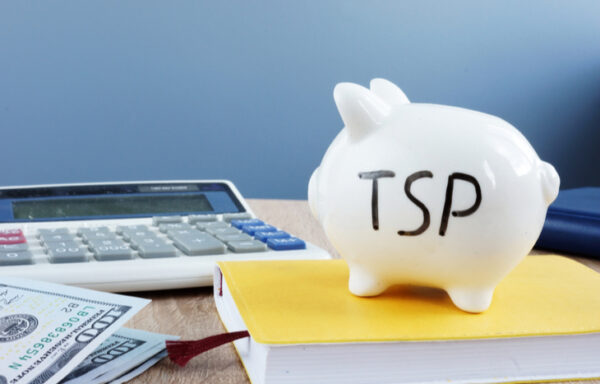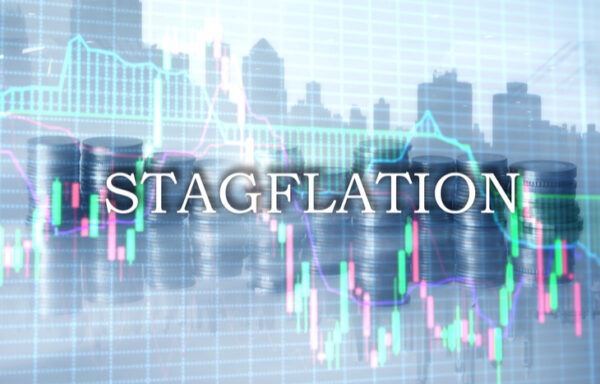How Much Can You Make?
It seems like people have forgotten about safety lately.
I’m not even talking about COVID-19. That’s a topic for a different publication…
I’m talking about money.
The market is very strong despite a collapse in corporate earnings.
In the first quarter, S&P 500 earnings per share fell 13%, the worst performance since the Great Recession.
And it’s expected to get worse. For the full year, S&P 500 earnings are forecast to plunge 19%.
Yet investors are scurrying into the riskiest assets on the market…
They are buying up shares of bogus biotech companies that claim to have a solution for the coronavirus despite years (and in some cases decades) of futility in addressing a wide range of diseases.
Or they’re buying “trendy” companies like Nikola (Nasdaq: NKLA). It exploded from around $10 a share in March (when it sometimes traded less than 10,000 shares a day) to as high as $93 and trades as many as 20 million shares a day. (It trades in the $60s now.)
The company makes hydrogen-powered cars and trucks.
Check that – it hopes to make hydrogen-powered cars and trucks. It has no products and generates no revenue. It doesn’t expect to have a product on the market until 2023.
The press is filled with stories about sports gamblers with nothing to bet on who are now trading stocks and options in their new Robinhood accounts.
Some of the more well-known sports betting personalities are drawing huge followings despite knowing very little about stocks.
The Wrong Question
Since summer jobs are scarce, my 19-year-old son wanted to put some of his birthday money to work in the market.
We discussed a possible trade, and he asked me, “How much can I make?”
That’s the wrong question to ask…
The right question is this: How much can he risk?
When I said this, he looked at me with a puzzled expression. Like many investors, he’d never considered his risk. He was thinking only about profits.
Anytime he enters a trade or makes an investment, he should ask himself this question: What is the maximum loss I can handle?
Once he determined that, I explained, then we could take a look at how much he could make and determine whether the potential reward was worth the risk.
It doesn’t matter if he can make $10,000 on the trade if he could lose $5,000 and is comfortable risking only $500. He’d be so stressed out during the trade, and if it went bad, he’d beat himself up for being greedy instead of careful.
I know. I’ve been there before…
Though I’ve read a lot of great investing books, many of the lessons I’ve learned didn’t come off a page. I paid tuition in the form of expensive trading mistakes and poor risk management in my early days.
That’s why I believe understanding and managing risk is the most important aspect of investing.
If your investments keep you up at night because you can’t handle a downturn, you’re either in the wrong investments or not using the right strategies.
Here are a few ways to make sure you don’t get in over your head…
- Understand what you’re buying. Investors love to chase big gains, so they’ll buy speculative stocks, options, cryptocurrency or other speculative assets without understanding what they are or how they trade.
Study them for a little while and paper trade so you get a feel for how investments like these move before putting your money on the line.
- Use trailing stops. A trailing stop is a sell order that automatically gets you out of your position if the stock falls to a certain price point or by a certain percentage. This takes the emotion out of the decision to sell, which is very important.
That way, you don’t rationalize that the stock is going to bounce as it keeps going lower and lower and lower…
- Get small. Now that most brokers don’t charge commissions, there is nothing wrong with trading with just a few hundred dollars in order to get your feet wet and get a feeling for trading with real money.
Heck, you could buy one share of stock or one option contract. You’ll see what it’s like to have money in the market without having to risk very much.
- Limit losses. No one likes losing a trade. But if you’re an active trader or investor, it’s part of the game. Get used to it.
Certainly find ways to minimize losses by setting stops, practicing careful position sizing, studying the markets, etc. – but get used to them.
Losses happen to everyone, and even the best traders can lose more trades than they win. The key is to keep losses small and wins large.
If you had only a 40% win rate but made an average of 30% per trade and lost an average of 10%, even though you’d have more losing trades, you’d come out very well ahead.
- Ask yourself what you can afford to lose. No one likes to lose. Even losing a small amount of money feels rotten. But what amount could you lose and not be stressed about? Figure out that number, and don’t risk a penny more than that.
Trading is fun, and it can be lucrative. But it’s not worth it if the stress of potential losses keeps you up at night, or worse, puts you in a bad spot because you didn’t manage your risk properly.
Ask yourself the right questions and act accordingly.
Case in point… the trade my son wanted to get into would have required him to risk $3,000, which is a lot of money for him.
He was comfortable risking only $500, so he sat this one out. It would have ruined his summer worrying about whether the trade was going to work or not.
[adzerk-get-ad zone="245143" size="4"]About Marc Lichtenfeld
Marc Lichtenfeld is the Chief Income Strategist of Investment U’s publisher, The Oxford Club. He has more than three decades of experience in the market and a dedicated following of more than 500,000 investors.
After getting his start on the trading desk at Carlin Equities, he moved over to Avalon Research Group as a senior analyst. Over the years, Marc’s commentary has appeared in The Wall Street Journal, Barron’s and U.S. News & World Report, among other outlets. Prior to joining The Oxford Club, he was a senior columnist at Jim Cramer’s TheStreet. Today, he is a sought-after media guest who has appeared on CNBC, Fox Business and Yahoo Finance.
Marc shares his financial advice via The Oxford Club’s free daily e-letter called Wealthy Retirement and a monthly, income-focused newsletter called The Oxford Income Letter. He also runs four subscription-based trading services: Technical Pattern Profits, Lightning Trend Trader, Oxford Bond Advantage and Predictive Profits.
His first book, Get Rich with Dividends: A Proven System for Earning Double-Digit Returns, achieved bestseller status shortly after its release in 2012, and the second edition was named the 2018 Book of the Year by the Institute for Financial Literacy. It has been published in four languages. In early 2018, Marc released his second book, You Don’t Have to Drive an Uber in Retirement: How to Maintain Your Lifestyle without Getting a Job or Cutting Corners, which hit No. 1 on Amazon’s bestseller list. It was named the 2019 Book of the Year by the Institute for Financial Literacy.






